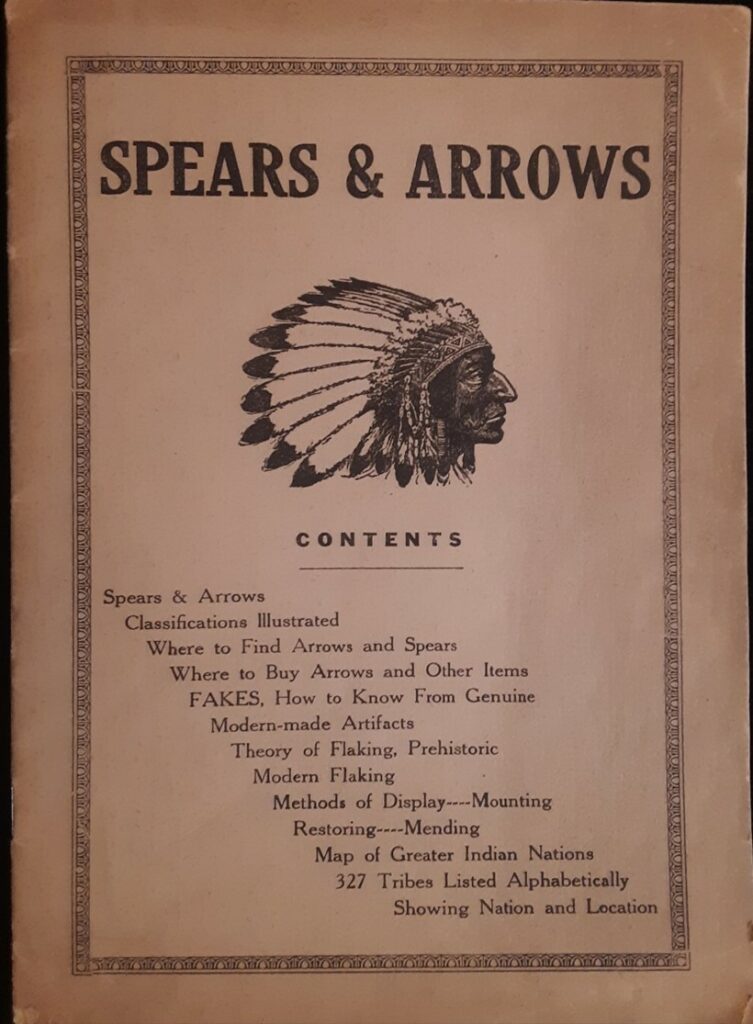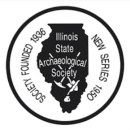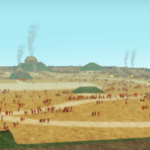Table of Contents
-Cahokia Mounds Renovation 2022
– A Message from ISAS President Tristen Arnold
-The Hardin Point by Editor Nick Gatses
-Introduction From Newly Appointed 2nd ISAS Vice President Jeff Becker
-2022 ISAS Board Member Meeting Agenda
– “From the Archives” By Ray Fraser
-Fliers from the ISAS Sponsored Quincy, Collinsville, and Starved Rock Shows
Cahokia Mounds Museum Renovation 2022:
I have been informed and given an article from Tommy Bryden a long supporting member of the ISAS stating that the Cahokia Mounds State Historic Site Interpretive Center will be closed due to renovations starting March 1st of 2022. The work is estimated to take 12 months to complete and during the closure the driveway and parking lot coming to the Interpretive center will be closed. The Monks Mound parking lot and trails north of Collinsville Road will be open. The article states that walking tours may resume this spring and the Cahokia Mounds Museum society still plans on hosting events outside when weather allows. Photo Credit (http://Cahokiamounds.org)

A Message from the President:
Happy New Year and I hope everyone had a good holiday season. I hope everyone is in good health and is looking forward to this year’s artifact shows. We are helping sponsor the Quincy show hosted by Jake Vahle at the Eagles Club in Quincy, IL that will be held February 19th this year and right around the corner from that date is Collinsville March 25th through the 27th . With the turnout we had in September I would not be surprised if this coming show blows that one out of the water with attendance and displays. We have some new merchandise we are looking at selling for the society, but I will keep that under wraps as to what they are. I do have great confidence that many of our members will appreciate what we have coming. Looking forward to seeing you all this year.
Tristen Arnold
The Hardin Point
When asked what point type dominated the cultures of the Early Archaic Time period, one specific point comes to mind. The Hardin Point was named in 1951 by Edward Scully after the town of Hardin in Illinois. The Hardin can be found anywhere between Wisconsin and Northern Florida. Southern Style Hardins are often known to have a shorter basal stem compared to those of the northern regions. Hardins from Illinois are most commonly made from Burlington chert, but are most certainly not limited to that material. In fact, they have been reported to have been made from just about any material that Illinois offered at that period in time. The Hardin is a point that was used for a significantly long time in history, from 10,000 B.P. to 7500 B.P. The piece was made for hafting and usually has a moderate to heavy grinding. This type is often chased by collectors as it is known for its impeccable workmanship. There are two major features that give desirability to these types of relics. The first type is the Hardin barbed. Known for its sharp, angular ears, the Hardin barbed has an aggressive profile that always adds character to your keeper case. The Knobbed Hardin is the second distinguishing feature that can also have major appeal to collectors. Knobbed Hardins were named for the doorknob-like base as shown in the example below on the right. On the left is an example of the barbed Variety. Photo Credit (www.projectilepoints.net)/


Intro From Newly Appointed ISAS 2nd Vice President
Hello members, my name is Jeff Becker, and I was born and raised in Breese (Clinton County). I run a family masonry construction business which my grandfather started in 1948. In 2003 I found an arrowhead on a job site and I was hooked. I can’t imagine how many hours I’ve spent walking fields since then. I began attending shows a few years later which led to setting up a table at shows a few years after that. As much as I like the artifacts in my hobby I really appreciate the friends that I have met along the way and the vast amount of information they have to pass on. As a new officer with the ISAS I hope to help bring more collectors into our organization and continue the tradition and service of past officers. I look forward to seeing everyone at our shows this year, and I look forward to serving the Society with pride and sincerity.
Thanks, Jeff Becker
From the Archives
One of the lesser-known Illinois collector-dealers of the last century was a man by the name of G.I. Groves, who lived on Lockwood Avenue in Chicago. Groves started collecting around 1913 and became known as a knowledgeable and honest purveyor of Native American items. He served in the 1930’s as secretary-treasurer of the “North American Indian Relic Collectors Association” of which Byron Knoblock, then of La Grange, Illinois, was president. In the late 30’s and into the 1940’s Groves had many prominent artifact clients, among them judge Claude U. Stone of Peoria. When Stone’s health declined in the late 40’s, it was Groves who handled the disbursement of a large part of Stone’s collection.
In 1933 Grove published a little handbook on artifact collecting called “Spears and Arrows” which was illustrated by artist and collector E.K. Petrie of Burlington, Wisconsin. In Groves words the booklet was presented as a guide to young collectors, with information to collectors in general, and as a protest against the modern-made or duplications of Indian relics. On the last page was a short list of dealers who were known at the time to be honest and reliable. Making the list were A.D. Grutzmacher, G.E. Pilquist, E.K.Petrie, Vernon Lemley, W.M. Cunningham, E.S. Byington, P.G. Nichols and E.M. Groves.
-Ray Fraser








